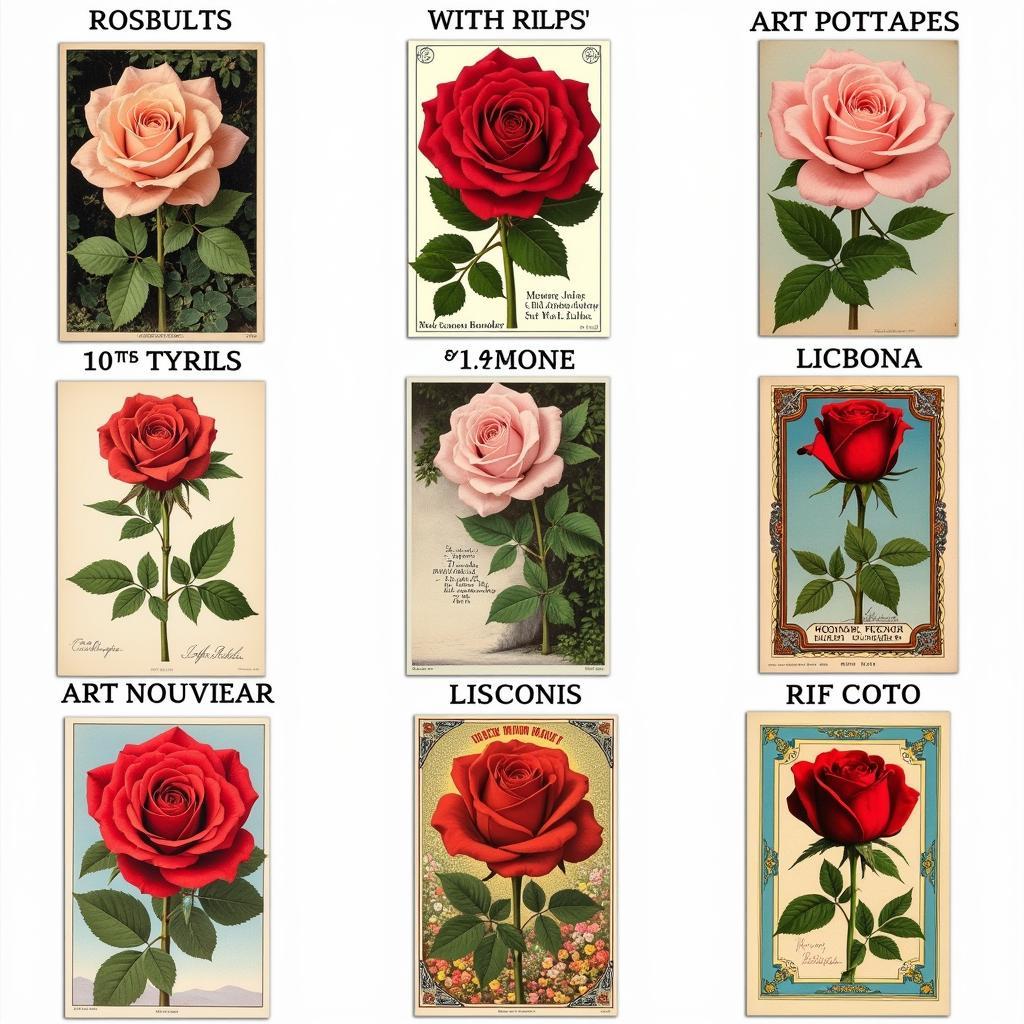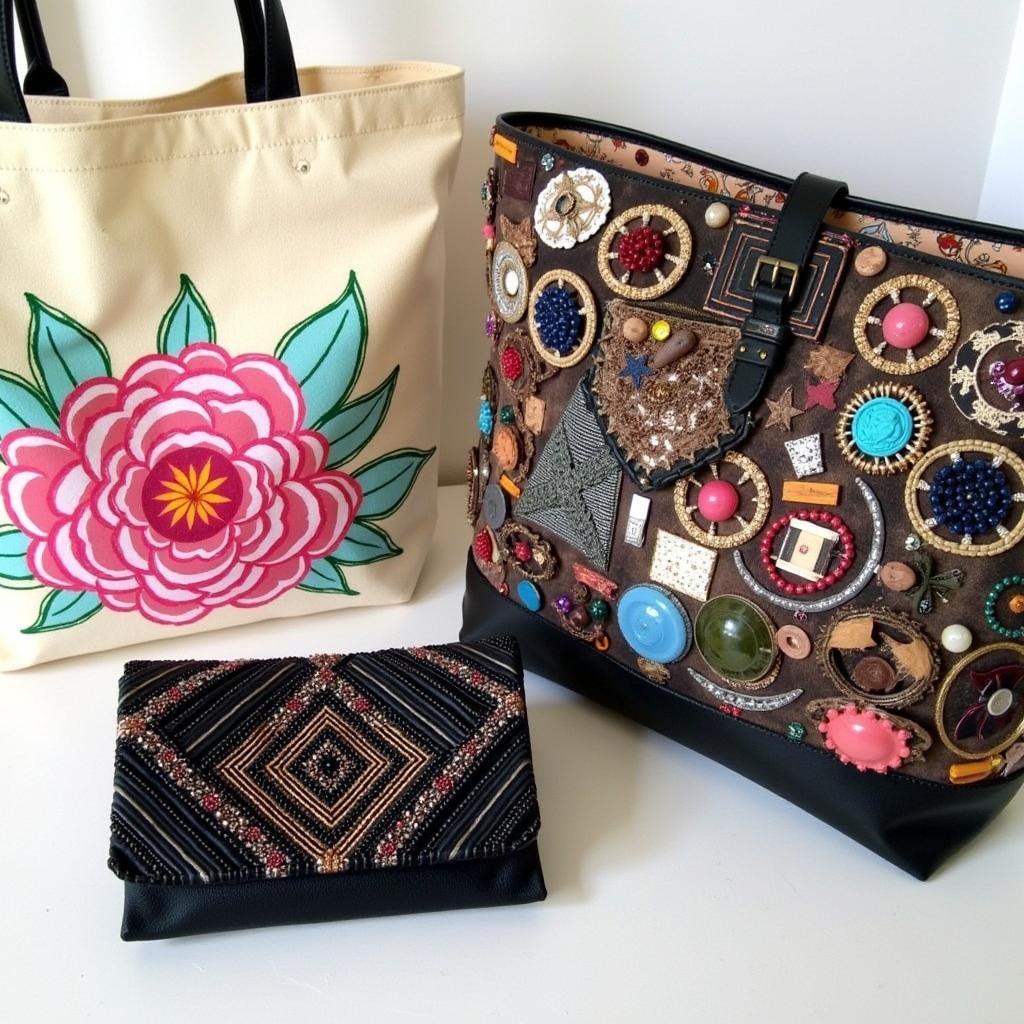Dive into the Depths of Redfish Tail Art
Redfish Tail Art captures the vibrant spirit and iconic image of this beloved game fish. From paintings and prints to sculptures and mixed media creations, redfish tail art adds a splash of coastal charm and a touch of the angler’s passion to homes and spaces. But what makes this niche art form so captivating? Let’s dive into the world of redfish tail art, exploring its origins, techniques, and enduring appeal.
A Splash of Inspiration: The Origins of Redfish Tail Art
While the precise beginnings of redfish tail art are difficult to trace, its roots are firmly planted in the rich history of maritime art and the cultural significance of fishing communities. For generations, coastal peoples have sought to immortalize the beauty and bounty of the sea through various art forms.
The redfish, with its distinctive copper scales and striking black spot near its tail, has long held a place of honor in these artistic traditions. As sportfishing gained popularity, particularly along the southeastern coast of the United States, the redfish’s iconic tail became a symbol of adventure, skill, and the thrill of the catch.
More Than Just a Tail: Artistic Techniques and Styles
Redfish tail art encompasses a diverse range of artistic approaches and styles. Some artists, like those specializing in gyotaku, employ a traditional Japanese fish printing method to create stunningly detailed monoprints. This technique involves applying ink directly to the fish and then pressing rice paper onto its surface, capturing its unique textures and patterns.
Others might choose to depict the redfish tail through painting, utilizing vibrant acrylics or watercolors to mimic the play of light on the fish’s scales. Sculptors, too, find inspiration in the redfish’s anatomy, often crafting lifelike replicas from wood, metal, or resin.
Bringing the Coast Home: Why Redfish Tail Art Resonates
The allure of redfish tail art extends far beyond those who have experienced the joy of reeling in one of these prized fish. The art form’s enduring popularity stems from its ability to evoke a sense of tranquility, adventure, and connection to nature.
- A Touch of the Coast: Redfish tail art instantly infuses a space with coastal charm. Whether displayed in a beach house, living room, or office, these artworks serve as a constant reminder of sun-kissed days spent by the water.
- Celebrating Nature’s Beauty: The intricate details and vibrant colors often found in redfish tail art draw viewers in, encouraging them to appreciate the natural world’s artistry.
- A Symbol of Passion: For anglers, redfish tail art represents more than just a decorative element. It symbolizes their dedication to the sport, the memories of past catches, and the anticipation of future fishing adventures.
Finding Your Perfect Piece: Exploring the World of Redfish Tail Art
Whether you’re a seasoned art collector or simply looking to add a touch of coastal flair to your home, the world of redfish tail art offers a wealth of options. From original paintings and limited-edition prints to handcrafted sculptures and unique mixed media creations, there’s a perfect piece out there waiting to be discovered.
Consider exploring online galleries, local art markets, and coastal boutiques specializing in maritime art. Don’t be afraid to connect with artists directly to learn about their creative processes and find a piece that speaks to your individual style and connection to the coast.
Conclusion
Redfish tail art, with its vibrant colors, intricate details, and undeniable coastal charm, continues to captivate art enthusiasts and anglers alike. Whether you’re drawn to the traditional beauty of gyotaku prints or the modern flair of metal sculptures, redfish tail art offers a unique way to bring a touch of the ocean’s magic into your home. So why not dive into the depths of this captivating art form and discover a piece that speaks to your soul?
FAQs About Redfish Tail Art
1. What is the average price range for redfish tail art?
The price of redfish tail art can vary widely depending on factors such as the artist’s experience, the artwork’s size and medium, and whether it’s an original or a reproduction. Smaller prints might start around $50, while large-scale original paintings or sculptures by renowned artists can command prices in the thousands.
2. What are some popular mediums used in redfish tail art?
Redfish tail art encompasses a diverse range of mediums, including:
- Painting: Acrylics, watercolors, oils
- Printing: Gyotaku (fish printing), screen printing, giclée prints
- Sculpture: Wood, metal, resin
- Mixed Media: Combining various materials like wood, metal, and epoxy resin
3. Is redfish tail art a good investment?
Like any art purchase, the investment potential of redfish tail art depends on several factors, including the artist’s reputation, the artwork’s quality and condition, and market trends. It’s essential to conduct thorough research and consider your own investment goals before making any significant purchases.
4. Where can I find redfish tail art for sale?
You can find redfish tail art for sale in a variety of places, including:
- Online galleries and marketplaces: Etsy, Saatchi Art, Fine Art America
- Local art galleries and studios: Especially in coastal areas
- Art fairs and festivals: Check for events specializing in maritime or wildlife art
- Home décor and furniture stores: Some retailers may carry a selection of coastal-themed art
5. What are some other types of fish commonly depicted in tail art?
While redfish tail art holds a special place in coastal art, other popular fish subjects include:
- Tarpon
- Snook
- Permit
- Bonefish
- Marlin
If you enjoyed this exploration of redfish tail art, you might also be interested in these related articles:
Contact us today for personalized assistance:
- Phone Number: 02462573573
- Email: danteum@gmail.com
- Address: Savico Megamall, 7-9 Đ. Nguyễn Văn Linh, Gia Thụy, Long Biên, Hà Nội 10000, Việt Nam.
Our dedicated customer support team is available 24/7 to assist you with any inquiries or requests.

